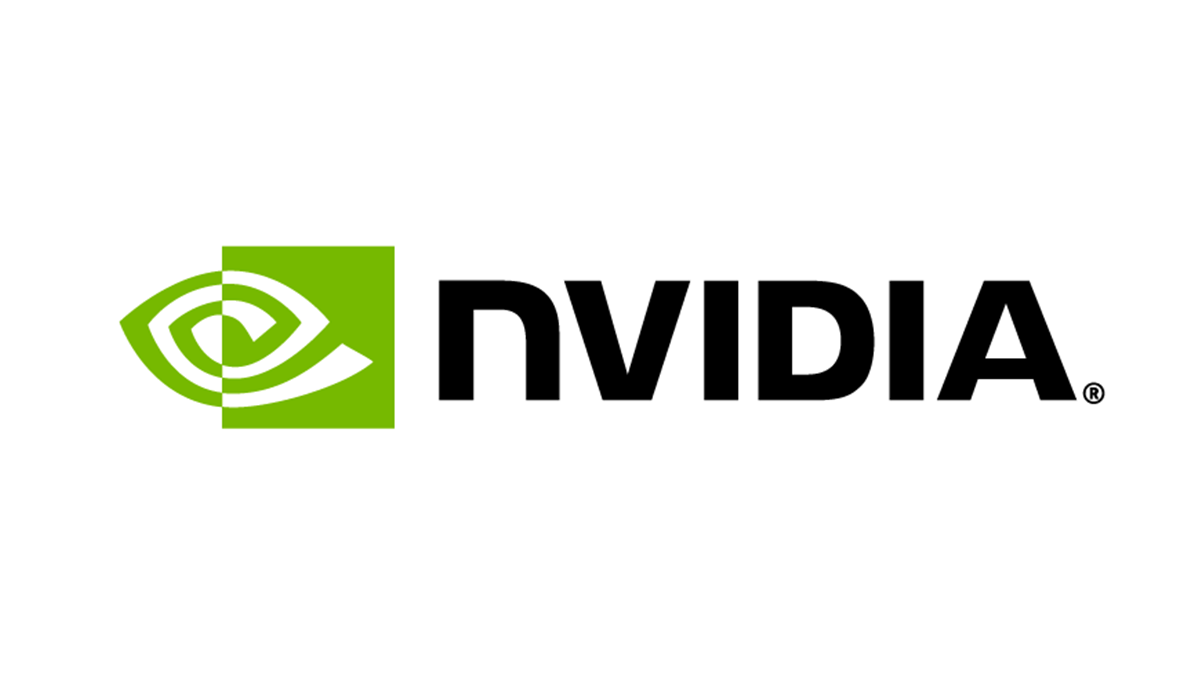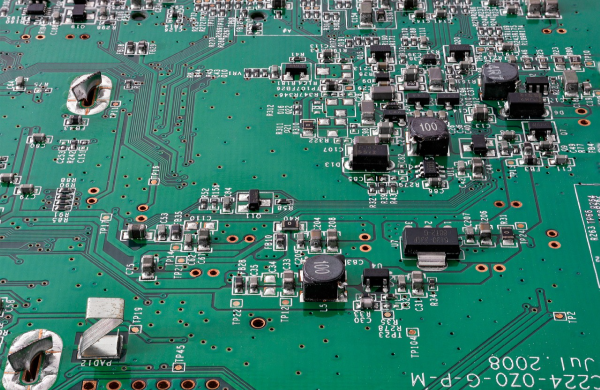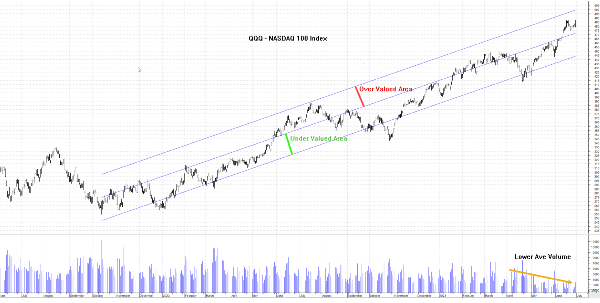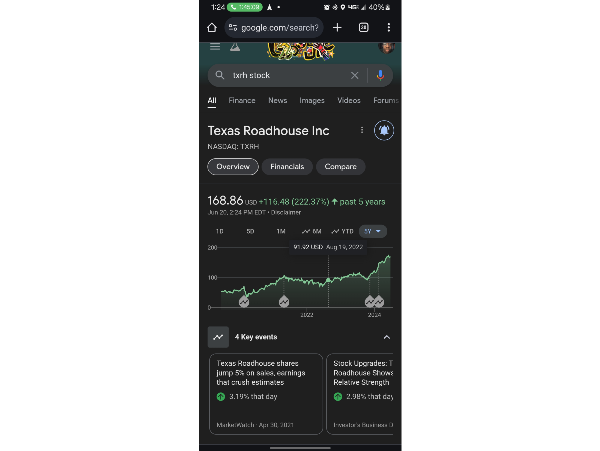Is AMD or NVIDIA a Better Buy?
Market Position and Leadership
AMD (Advanced Micro Devices, Inc.) and NVIDIA Corporation are the two largest manufacturers of GPUs and have become globally recognizable over the past few years. Their competition for market share in an increasingly large and important industry has led to many considering investing in one or both of the companies, but the question today is which is the better buy?
NVIDIA’s Current Dominance
Currently, NVIDIA is the largest manufacturer of graphics processing units (GPUs) in the world, and by a large margin. A year ago, NVIDIA owned an 84% market share, with their closest competitor AMD representing 12% of the market. The only other player in the space is Intel, who just re-entered the market and had approximately a 4% market share.
Since then, Intel barely registers as a factor, and NVIDIA now owns about 88% of the market, with AMD making up the remaining 12%. NVIDIA has become one of the largest companies in the entire world, with their current market cap at $2.98 trillion. This dwarfs the competition in the sector, due in large part to NVIDIA’s dominance in the AI processor market.
In the first half of the year, NVIDIA increased their stock price by over 150%. This blew away expectations, and can be attributed to several factors. The fact that NVIDIA has been spending years developing software to help power AI applications helps further their stock price, as the AI industry has boomed in recent months. This boom has cemented NVIDIA’s place as the largest player in the sector.
AMD’s Potential to Catch Up
While NVIDIA controls the majority of the market, AMD has a unique opportunity for growth. While NVIDIA has been increasing their control of the GPU market, their prices have continued to rise, and they have not been introducing new lower-priced options for customers. This opened the door for AMD and their lower priced (but still high performing) product can offer them the chance to recapture some of their lost market share.
Their reputation as a fast-follower has led to many in the industry believing their MI300 series processors can be a viable alternative to the NVIDIA H100. While these are high end processors for heavy AI computational workloads, the NVIDIA offering can cost up to 4 times as much while offering similar performance! This, along with their consumer GPUs typically coming in at a lower price than NVIDIA’s is an attractive option for customers.
Distinguishing Features and Approaches

The largest difference between AMD and NVIDIA in approach is their pricing strategies. AMD has tended to work with a competitive pricing strategy, something that has tended to garner interest from budget conscious customers. NVIDIA has historically priced their products as premium goods, benefiting off the history of excellence they have established over the past several decades.
In terms of their hardware itself, NVIDIA does tend to offer more powerful products, especially the higher up their product stack you get. This isn’t to say AMD is not good in their own right, but they simply do not offer comparable alternatives to some of NVIDIA’s highest end processors.
Stock Performance and Analysis
AMD currently trades at a price of $179.83, where NVIDIA is at a current price of $128.44. Both have had very strong years, with AMD increasing from $115 a year ago, and NVIDIA soaring from last years price of $45. These have both come at the end of positive year over year revenue growth, but when you compare the two, it is clear who starts to separate themselves. AMD saw year over year revenue growth of 9%, up to approximately $5.5 billion. NVIDIA, on the other hand exploded, seeing growth of 262%, with Q1 revenue increasing from approximately $7.2 billion to over $26 billion this year.
Both AMD and NVIDIA appear to have investors believing in their potential. According to NASDAQ, AMD has an average price target of $190. NVIDIA has a price target of $144, also representing good value in the eyes of many analysts. The only thing that indicates these may be valued incorrectly is the GuruFocus intrinsic value model I have used in many of my other articles.
GuruFocus places the intrinsic value of AMD at $42.21. While this does fall quite below the current trading price, it is not out of line with previous history for their stock, and actually does appear better when compared to NVIDIA. NVIDIA’s current intrinsic value is $7.89 according to the GuruFocus FCF model. This indicates a larger discrepancy between current price and free cash flow than that of AMD, and is the only thing that offers pause when evaluating the stock of NVIDIA when compared to AMD.
Conclusions
While both companies are major players in their sector, the recent performance of NVIDIA simply cannot be ignored. While I would consider both stocks a buy, The difference between the two has continued to grow in recent years, with NVIDIA both outpacing AMD in revenue growth and market share. This when paired with the larger difference between price target and current price lead me to suggest that of the two, NVIDIA represents a better buy opportunity, with the caveat that AMD does also represent a solid opportunity in its own right.





























Is AMD or NVIDIA a Better Buy?
Market Position and Leadership
AMD (Advanced Micro Devices, Inc.) and NVIDIA Corporation are the two largest manufacturers of GPUs and have become globally recognizable over the past few years. Their competition for market share in an increasingly large and important industry has led to many considering investing in one or both of the companies, but the question today is which is the better buy?
NVIDIA’s Current Dominance
Currently, NVIDIA is the largest manufacturer of graphics processing units (GPUs) in the world, and by a large margin. A year ago, NVIDIA owned an 84% market share, with their closest competitor AMD representing 12% of the market. The only other player in the space is Intel, who just re-entered the market and had approximately a 4% market share.
Since then, Intel barely registers as a factor, and NVIDIA now owns about 88% of the market, with AMD making up the remaining 12%. NVIDIA has become one of the largest companies in the entire world, with their current market cap at $2.98 trillion. This dwarfs the competition in the sector, due in large part to NVIDIA’s dominance in the AI processor market.
In the first half of the year, NVIDIA increased their stock price by over 150%. This blew away expectations, and can be attributed to several factors. The fact that NVIDIA has been spending years developing software to help power AI applications helps further their stock price, as the AI industry has boomed in recent months. This boom has cemented NVIDIA’s place as the largest player in the sector.
AMD’s Potential to Catch Up
While NVIDIA controls the majority of the market, AMD has a unique opportunity for growth. While NVIDIA has been increasing their control of the GPU market, their prices have continued to rise, and they have not been introducing new lower-priced options for customers. This opened the door for AMD and their lower priced (but still high performing) product can offer them the chance to recapture some of their lost market share. Their reputation as a fast-follower has led to many in the industry believing their MI300 series processors can be a viable alternative to the NVIDIA H100. While these are high end processors for heavy AI computational workloads, the NVIDIA offering can cost up to 4 times as much while offering similar performance! This, along with their consumer GPUs typically coming in at a lower price than NVIDIA’s is an attractive option for customers.
Distinguishing Features and Approaches
The largest difference between AMD and NVIDIA in approach is their pricing strategies. AMD has tended to work with a competitive pricing strategy, something that has tended to garner interest from budget conscious customers. NVIDIA has historically priced their products as premium goods, benefiting off the history of excellence they have established over the past several decades.
In terms of their hardware itself, NVIDIA does tend to offer more powerful products, especially the higher up their product stack you get. This isn’t to say AMD is not good in their own right, but they simply do not offer comparable alternatives to some of NVIDIA’s highest end processors.
Stock Performance and Analysis
AMD currently trades at a price of $179.83, where NVIDIA is at a current price of $128.44. Both have had very strong years, with AMD increasing from $115 a year ago, and NVIDIA soaring from last years price of $45. These have both come at the end of positive year over year revenue growth, but when you compare the two, it is clear who starts to separate themselves. AMD saw year over year revenue growth of 9%, up to approximately $5.5 billion. NVIDIA, on the other hand exploded, seeing growth of 262%, with Q1 revenue increasing from approximately $7.2 billion to over $26 billion this year.
Both AMD and NVIDIA appear to have investors believing in their potential. According to NASDAQ, AMD has an average price target of $190. NVIDIA has a price target of $144, also representing good value in the eyes of many analysts. The only thing that indicates these may be valued incorrectly is the GuruFocus intrinsic value model I have used in many of my other articles.
GuruFocus places the intrinsic value of AMD at $42.21. While this does fall quite below the current trading price, it is not out of line with previous history for their stock, and actually does appear better when compared to NVIDIA. NVIDIA’s current intrinsic value is $7.89 according to the GuruFocus FCF model. This indicates a larger discrepancy between current price and free cash flow than that of AMD, and is the only thing that offers pause when evaluating the stock of NVIDIA when compared to AMD.
Conclusions
While both companies are major players in their sector, the recent performance of NVIDIA simply cannot be ignored. While I would consider both stocks a buy, The difference between the two has continued to grow in recent years, with NVIDIA both outpacing AMD in revenue growth and market share. This when paired with the larger difference between price target and current price lead me to suggest that of the two, NVIDIA represents a better buy opportunity, with the caveat that AMD does also represent a solid opportunity in its own right.